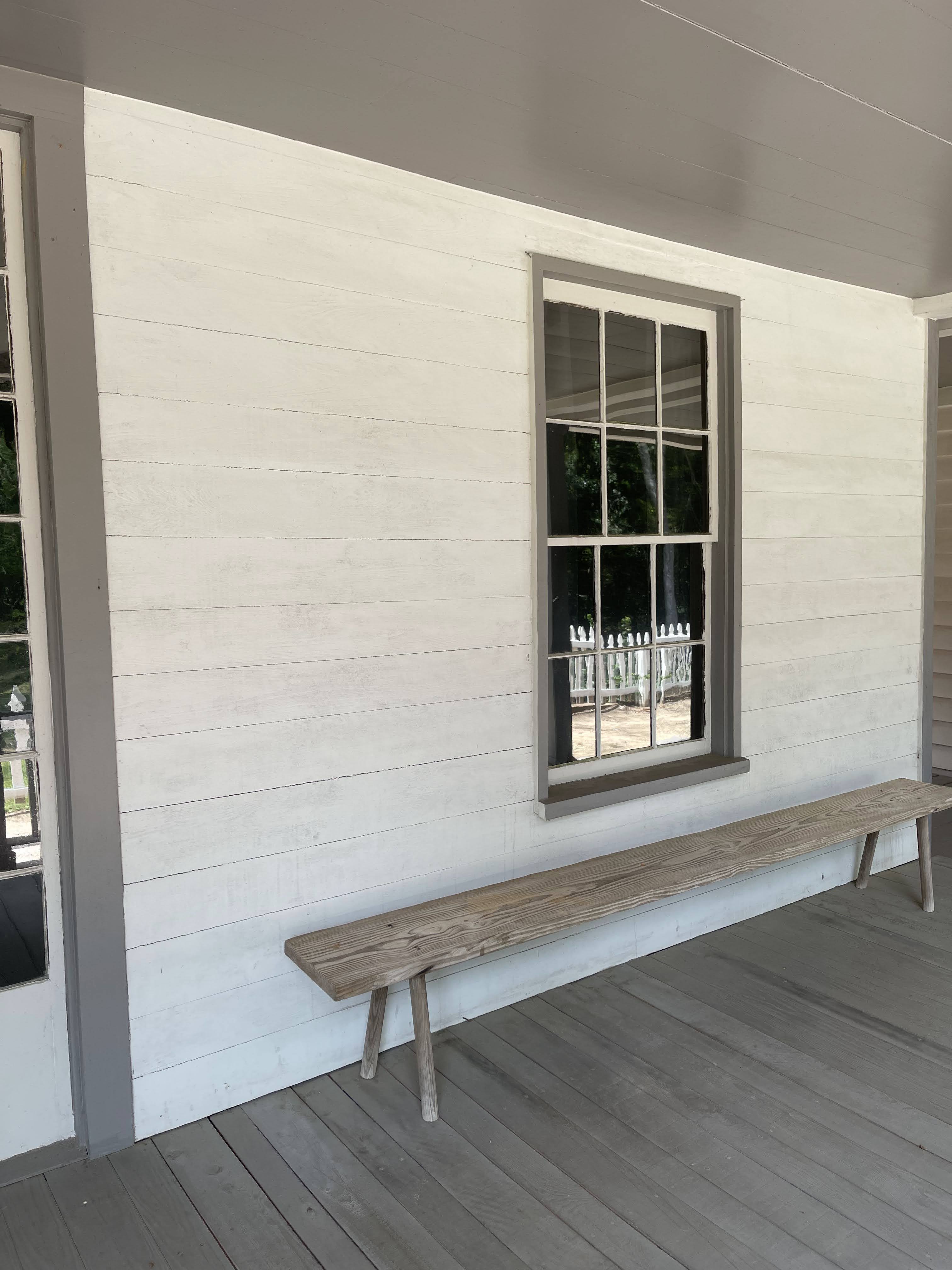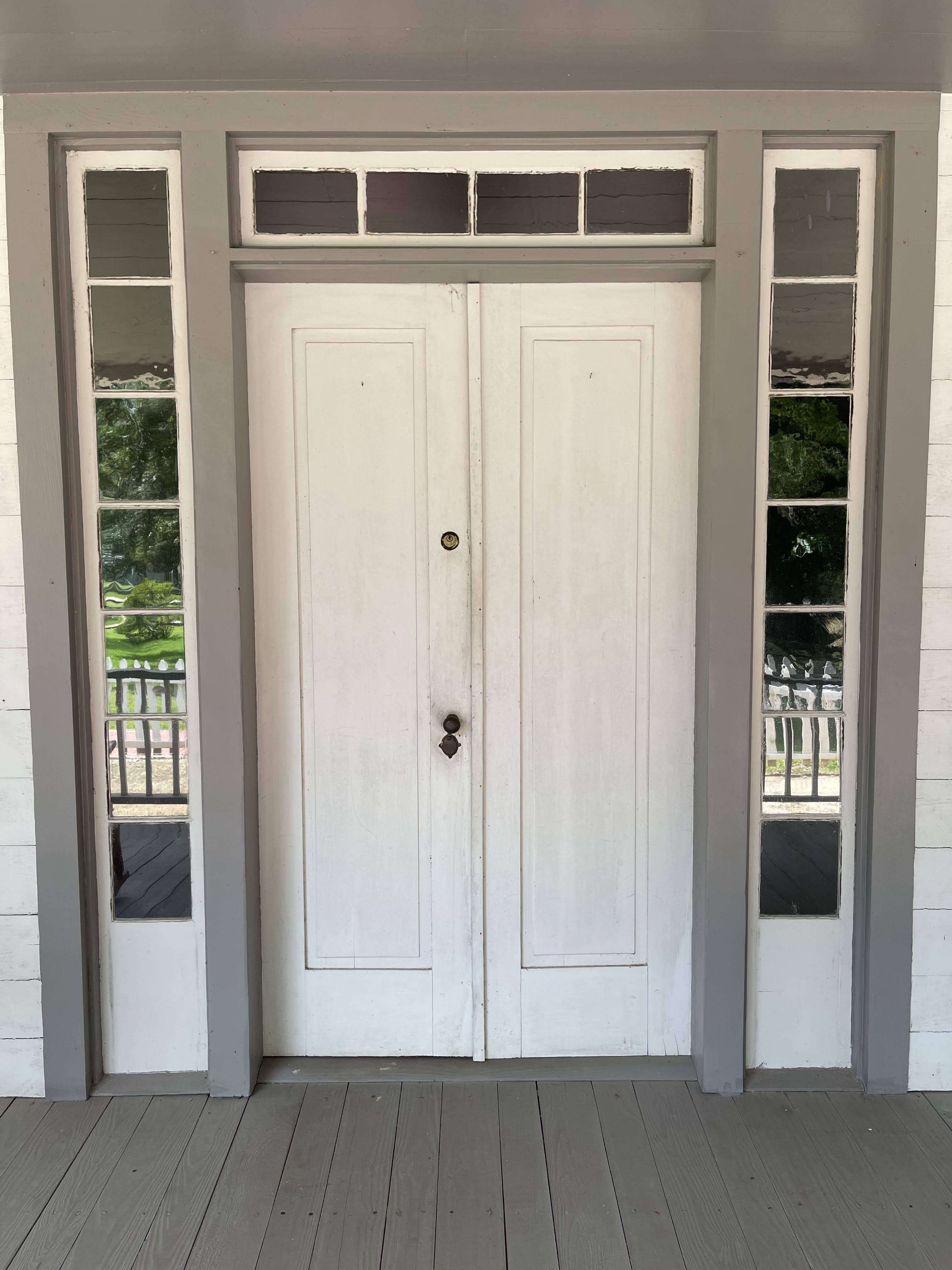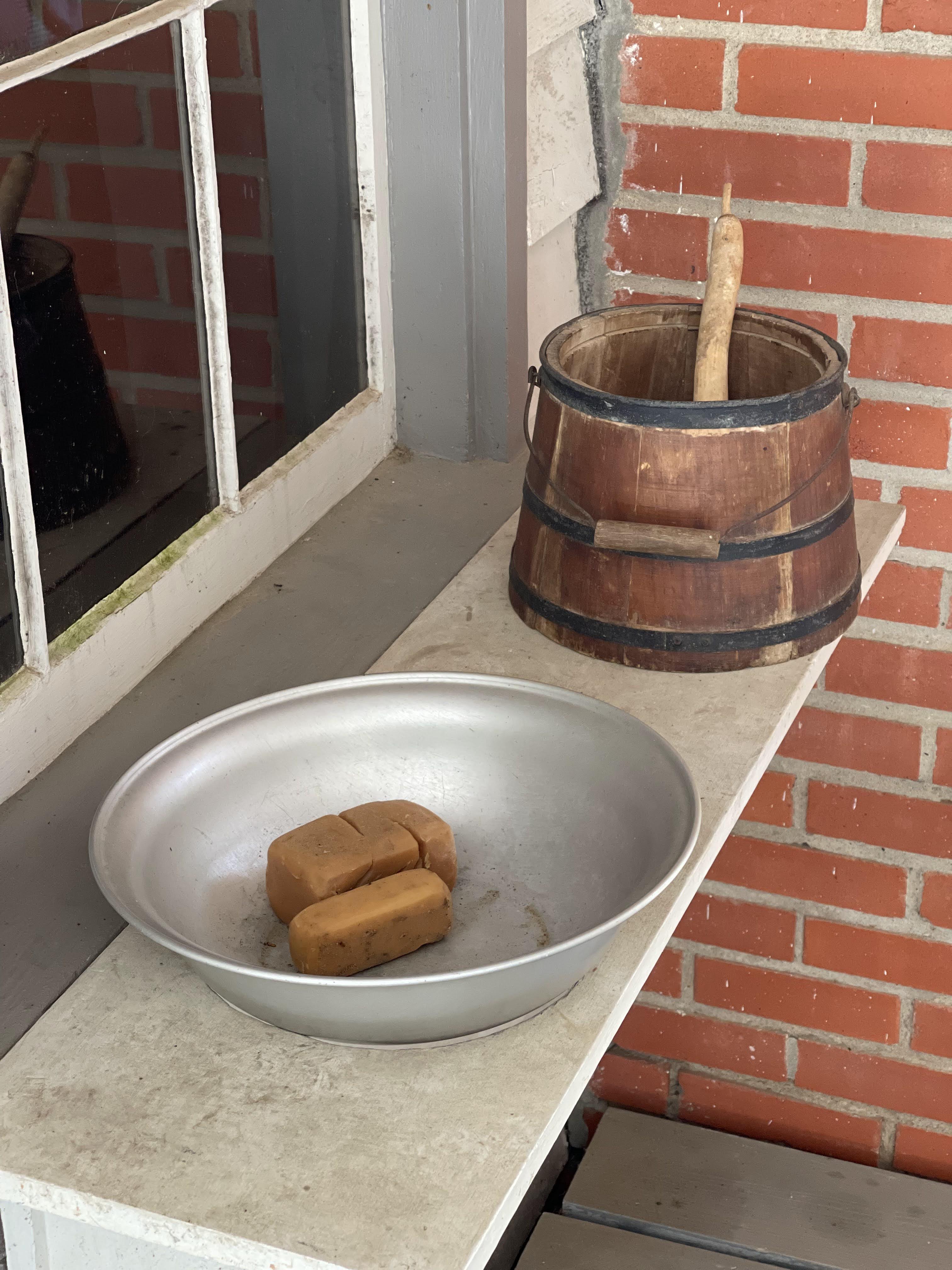Welcome to the John Jay French Museum!
John Jay French was born in 1799 in the New Haven, Connecticut area. He was a 6th generation American, named after the Federalist John Jay, the first chief justice of the US Supreme Court. He came from a wealthy and educated family, with two brothers on the Yale faculty. He was a tanner, someone who made leather out of animal hides. Tanning was a valued trade, as leather was used for everything, including saddles, straps, boots, and more.
When he was around 20 years old, he married Sally Munson, also from the New Haven area. Sally also came from a wealthier family and was very well-educated for a woman of her time because she could read and write.
In 1821, Sally gave birth to their first child, a little girl named Electa Jane. When Electa Jane was about a year old, the family moved to New York State. Mr. French continued working as a tanner and part-time in a merchant shop. After about six months, Electa Jane passed away from an illness. Sally was currently pregnant with their second child, another little girl. Keeping with traditions of that period, they named this daughter Electa Jane II. Two years later in 1825, they had their third daughter, Nancy Eliza. In 1827 had their first son, David, whose home would eventually become the Beaumont Heritage Society office.
Around 1830, Mr. French was already prosperous and began hearing of opportunities to make money in Texas. Texas was still owned by Mexico, but Mexico was encouraging skilled people to settle in the new territory. He decided to scope it out. He made it to Galveston, loved it, and decided he wanted to open a big merchant shop there. He went back up to New York to tell Sally of his plans. He spent the next year and a half gathering up all the supplies that he was going to need, and in January of 1832 he was ready to go back to Texas. Sally was pregnant again, so John waited until the baby was born. Their next child, another boy, was named John Jay Jr.
Mr. French said goodbye to his family in the summer of 1832, and loaded most of his supplies onto a big cargo ship. The rest he kept with him on a passenger ship that followed behind. The two ships set sail down off the Atlantic seaboard, came all the way down around the tip of Florida and into the Gulf of Mexico, and headed for Galveston. They encountered a devastating storm that sunk the cargo ship. The passenger ship was badly damaged and limped to New Orleans, where John discovered that it could not be repaired. He unloaded the passenger ship and traveled by land from New Orleans all the way to Galveston.
By the time he finally made it to Galveston, it had been almost two years since he had initially scouted it out. Several other shops had already opened, and he didn't have all the supplies he needed. He knew he wasn't going to be able to make the kind of money that he had hoped to make, so he gave up on that idea. He turned around and started heading back east to New Orleans. He sold what remained of his supplies in Liberty and Anahuac along the way and stopped in Taylor's Bayou, present-day Hamshire-Fannett.
Mr. French discovered this little town on the river was centrally located between the two major shipping ports - New Orleans and Galveston. He thought this might be the next big up and coming port town. He petitioned the Mexican government for a land grant and was awarded around 4400 acres. He returned to New York for his family, and together they traveled by barge through the Erie Canal and down the Mississippi River. As they were passing through Ohio, 3-year-old John Junior got sick and passed away. They stopped to bury John Jr. before continuing their journey. The trip took them a little over five weeks.
They made it to Opelousas, Louisiana around the time that the War for Texas Independence had begun. Mr. French did not want to endanger his family, so they stayed in Louisiana for several years. The war didn’t last that long, but the economy in Texas had been devastated and there were still raids in towns and villages by the Mexican soldiers. While they stayed in Louisiana, Mr. French was working as a tanner to support his family and made trips back and forth to prepare his homestead.
In 1838, Sally gave birth one last time to another little boy named John Jr. II. The family finally moved over to their land Hamshire-Fannett, where they lived for the next seven years. Mr. French had built a tannery and trading post, but it was nothing like the big shop he wanted in Galveston. He also tried growing tobacco for the first few years, but the crop failed due to the humidity. His businesses never quite picked up in that area like he had hoped. Meanwhile, Beaumont had become the county seat for Jefferson County during that time. They had a larger population to support his business, and there were wooded areas that would be needed for the tanning process. He decided he wanted to move again, this time only about 30 miles to Beaumont.
Mr. French bought this property and built the home in 1845. At the time, it was about 400 acres of a rectangular-shaped piece of property. Today, only a few acres of the original land grant remain.
This home is the oldest, fully-restored home in Beaumont. It's one of the first two-story houses in the area and is one of the first that was built with milled and painted lumber. Most of the homes on the Texas frontier were just simple one-story log cabins at this point. This home represents John’s generational wealth and success in business. The style of the home is known as Simple Greek Revival. It is kind of typical of the types of homes that he and Sally would have been used to in the New England area.
Unfortunately, most items in the home are not original to the French family. However, these items are antiques from the same period as when the French family lived in the home. The home does contain several pieces that were donated by French descendants. The museum interpretation period spans from 1845-1865.





